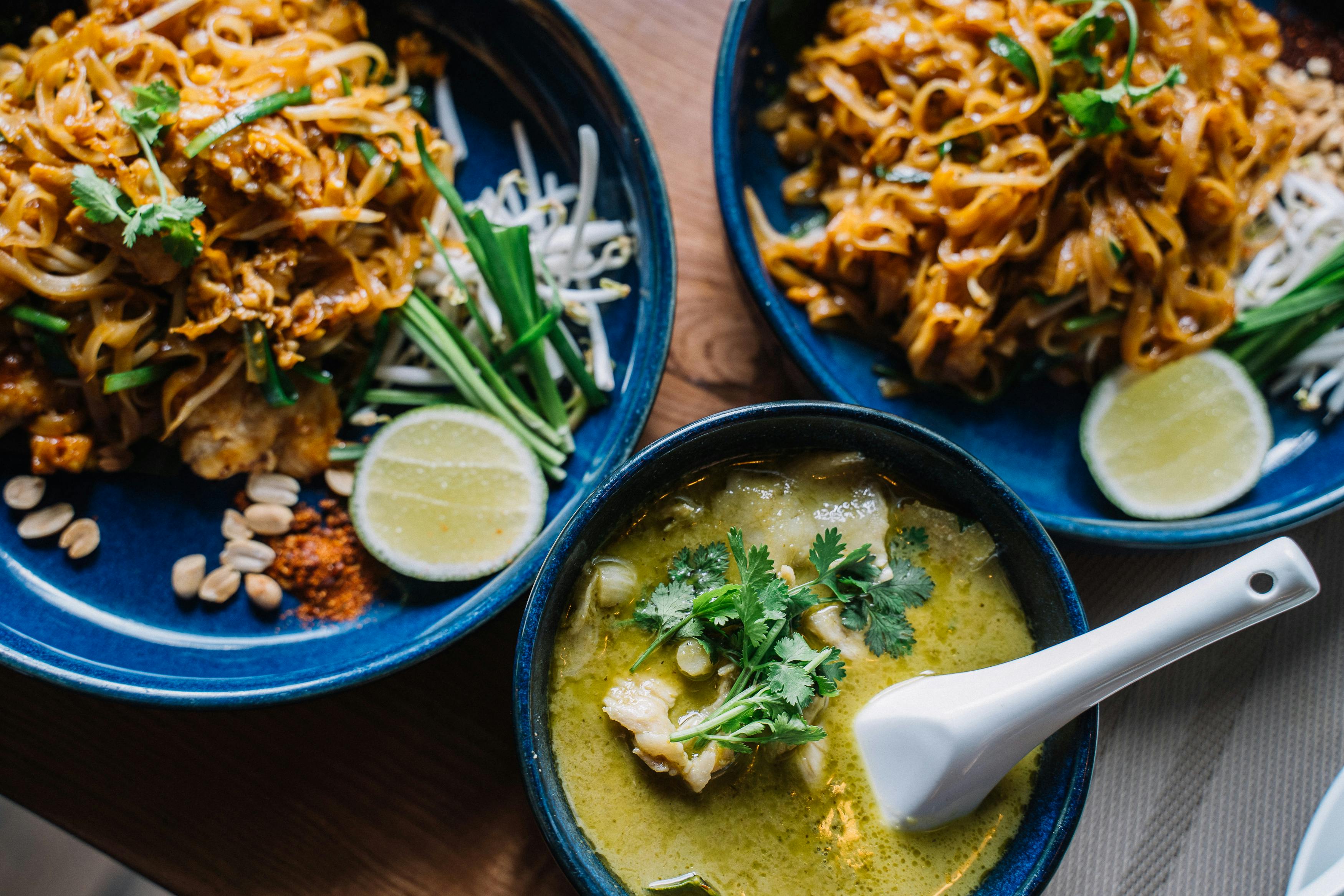Traditional kitchens are often the heart of a home; they are the place where the family gathers to eat, where the children do their homework around the table and where friends chat over coffee. Because you spend a lot of time there, it’s especially important to choose and use energy-saving kitchen cabinets and appliances wisely. Fortunately, renewable resources, like wood for cabinets and chairs, are at home in traditional kitchens.
Good kitchen lighting is very important. Additional lighting is traditionally used over sinks and work areas so you can see exactly what you’re cooking. It’s a good idea to add lighting under wall cabinets to reduce shadows on countertops. A reading lamp is sometimes added to read recipes. A source of natural light from a window is an important feature that makes a small kitchen feel more spacious.
Pantry storage is an essential element in traditional kitchens. Storing dry foods at room temperature is best in shallow cupboards or cabinets where it’s easy to find what you’re looking for. Special racks and drawers can be added to double and save space. Some foods require particular levels of moisture or temperature. A good refrigerator with a crisper drawer and a separate freezer can meet these needs.
Running an environmentally friendly kitchen means taking proper care of equipment and utensils. Knife blocks fit right in with traditional decor and are the safest way to store culinary knives. Most pots and pans should be stored in cabinets that protect them from dust but allow enough air circulation to prevent rust. Utensils that are stylishly designed and used frequently can be stored in countertop receptacles or hung from hooks.
Properly maintained food preparation surfaces prevent traditional kitchens from becoming ecological disaster zones. Sinks should be deep enough and have adequate pressure faucets to thoroughly wash and rinse large items. Vegetables should not be chopped on surfaces used to prepare meats, and cutting boards should be sanitized after each use. Food waste to be composted should be kept separate so it does not contaminate other food.
Countertops are some of the most striking and most used parts of traditional kitchens. For a kitchen to be environmentally friendly, countertops must be durable and easy to clean. A non-porous surface will minimize places where bacteria can grow and help keep the kitchen environment ecologically sound. Surfaces made of tile, concrete, stone, and plastic or resin laminates are especially good for this.
At the center of it all, a kitchen is about cooking. Traditional kitchens may offer a choice of gas or electric ovens and ranges. Sometimes these will be one-piece units with the cooktop above the oven, and sometimes they will be separate with a cooktop installed on a counter or island and the oven installed on the wall.


